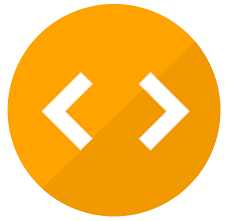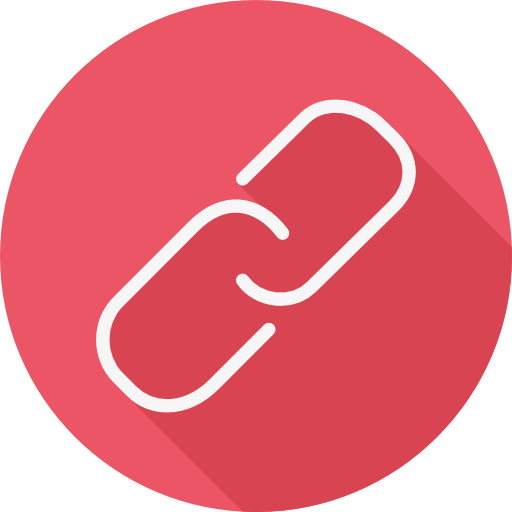Check nearby libraries
Buy this book

"This text helps beginners develop their own Python programs. Experiments with fully completed programs are provided at the beginning of each chapter, allowing instructors to use the text in CS0 courses where students do not learn programming. Programming projects appear later in each chapter. Students are encouraged either to write the code that implements the functions introduced earlier or extend the existing programs. All the projects push students to explore further on their own"--
"Preface This book is a revised and updated version of Explorations in Computing: An Introduction to Computer Science, an introductory textbook I wrote in 2011 (and also published by Chapman & Hall/CRC Press). Like the previous book, this one is for beginning students with no prior computer science or computer programming background. The first book was written primarily for "CS0" courses, where the goal is to introduce the key concepts and, as much as possible, give a broad overview of the field. The distinguishing feature of that text is the use of tutorial style projects that provide students an opportunity to experiment with topics without having to learn how to write programs. For example, in the chapter on simple searching and sorting algorithms, students learn what arrays are and how to create array objects they can use to test the algorithms, but all the projects are based on linear search and insertion sort functions that are part of a software package that accompanies the book. This new book has two major differences from the previous one. The first, most obvious, difference is the switch from Ruby to Python. Python has been widely adopted as the language of choice for first-year ("CS1") computer science courses. By revising the lab software to use Python the hope is that students and instructors will find it easier to make a seamless transition from the introductory projects in this book to the deeper studies in later courses. The second difference is that this new edition is also an introduction to Python programming. The primary emphasis is still on "computational thinking" and important concepts in computing, but along the way readers are presented with sufficient Python programming skills that they can implement their own programs to explore the ideas"--
Check nearby libraries
Buy this book

Previews available in: English
Showing 2 featured editions. View all 11 editions?
| Edition | Availability |
|---|---|
|
1
Explorations in computing: an introduction to computer science and Python programming
2015, CRC Press/Taylor & Francis, CRC Press
in English
1466572442 9781466572447
|
aaaa
|
|
2
Explorations in computing: an introduction to computer science
2010, CRC Press
in English
1439812624 9781439812624
|
eeee
|
Book Details
Edition Notes
Includes index.
Classifications
The Physical Object
Edition Identifiers
Work Identifiers
Work Description
"Based on a course taught by the author, this textbook provides an introduction to computer science for non-majors or pre-majors in beginning courses. The book uses an active learning and problem-solving approach to present key topics in computer science, along with real-world examples and practical algorithms. The author explains how to read, rather than write, programs and how to solve problems. To provide a good understanding of computing without covering everything in the field, short focused chapters include tutorial projects and interactive labs that use Ruby, a simple open-source language."--
"The title of this book, Explorations in Computing, conveys the idea of how we will use a similar active learning approach to study computation. Each chapter is organized around a single project that introduces an important concept or application in computer science. To complete the project, students type commands in Ruby, an interactive programming language,following a detailed script set out in the text. The aim is for the students to immerse themselves in the interactive environment, and experience first-hand what goes on inside a computer as it solves some interesting problems. Many parts of the projects are open-ended, and students are encouraged to continue exploring on their own, after using the exercises in the book as a starting point"--
Community Reviews (0)
History
- Created November 13, 2020
- 2 revisions
Wikipedia citation
×CloseCopy and paste this code into your Wikipedia page. Need help?
| September 17, 2021 | Edited by ImportBot | import existing book |
| November 13, 2020 | Created by MARC Bot | Imported from Library of Congress MARC record |







